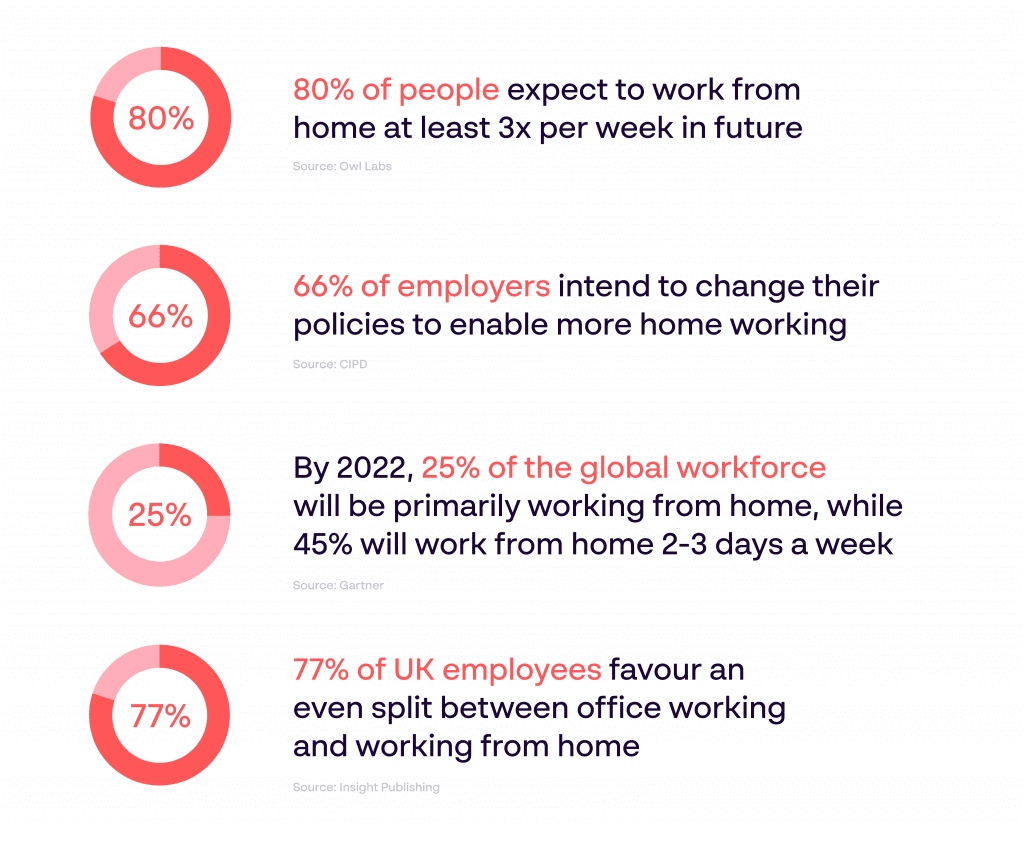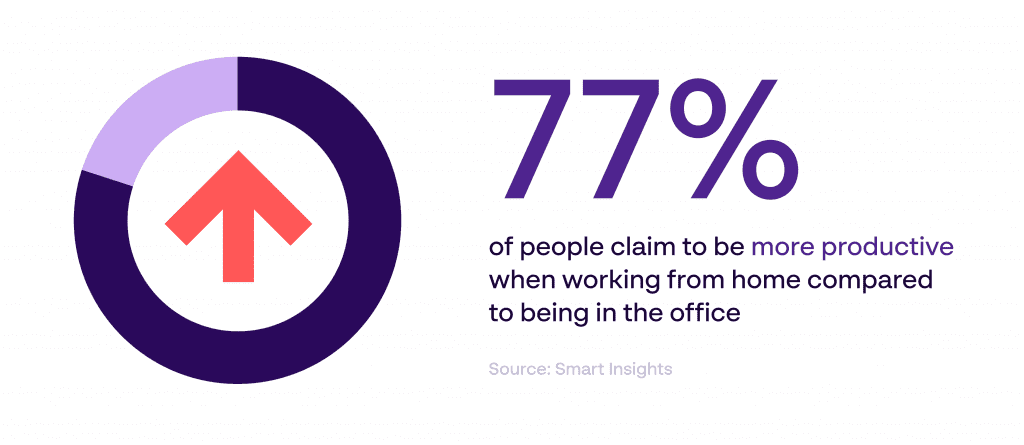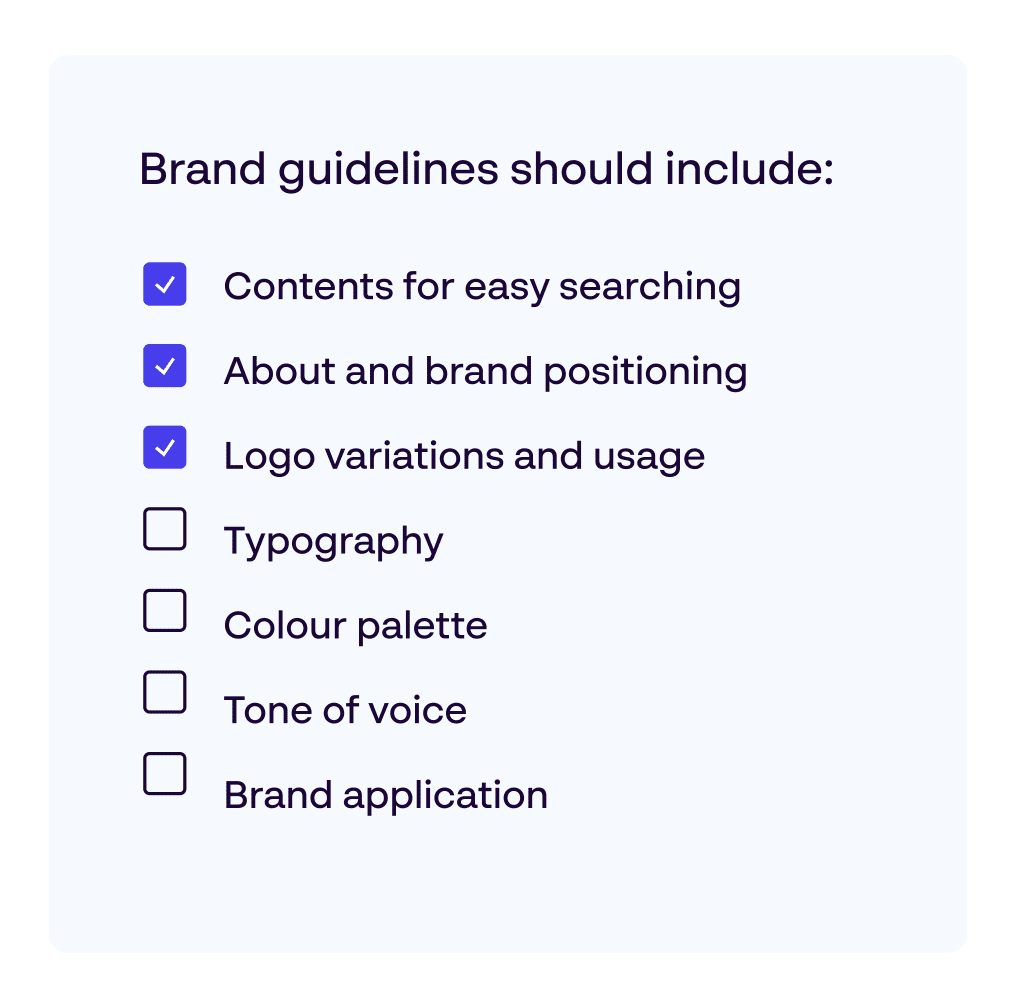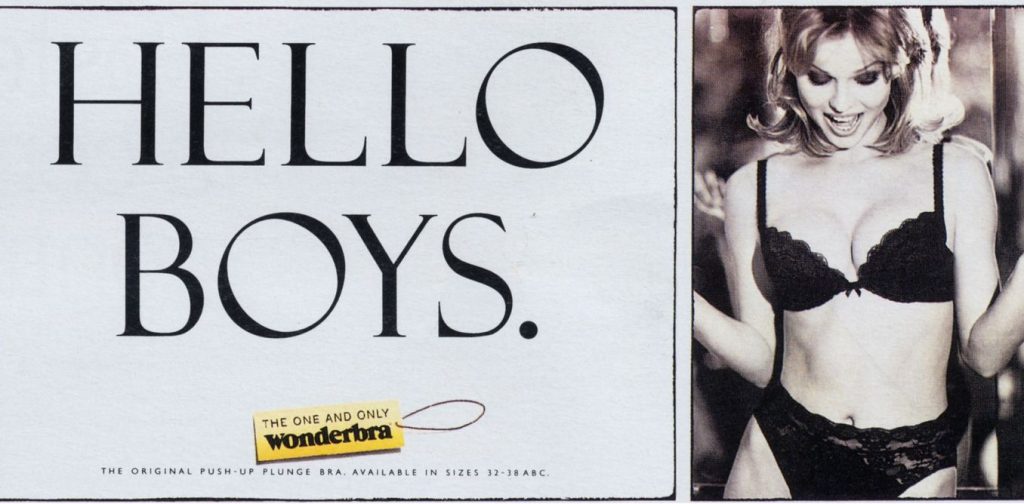Print is dead. TV ads aren’t as effective anymore. QR codes are outdated.
There were hundreds of articles pre-pandemic claiming that anything non-AI, big data or digitally driven was seeing its demise. What we now know though, is while digital reigns supreme, there’s a firm place in the world for the more simplistic and traditional marketing methods.
In this article, we will explore which channels managed to be revived at a time when the world was on pause.
Direct mail
When promotional materials fall through the door, their journey to the recycling bin isn’t usually far behind. Historically, there has never been the time to sit and digest a sales message that hasn’t shown immediate relevance.
But during the pandemic something happened. We were at home a lot more. We had much less to do and bundles of time on our hands.
People didn’t mind reading for a little longer or looking into a product more deeply.
While direct mail isn’t as cost-effective compared to its digital counterpart, it can cut through the noise and literally land in front of your audience’s eyes, in their home, when the dwell time could be substantial.
There are four key things to keep in mind if you’re going to bring direct mail into your marketing mix:
#1 Consider sustainability and using appropriate materials
#2 Think about how you can connect this direct mail piece to a digital channel (a dedicated URL, unique discount code – that kind of thing)
#3 How are you going to utilise local data or personalisation to make your mail feel more relevant?
#4 How the direct mail piece will influence brand perception – ensure the quality is matched to your values
Direct mail is…
- Highly targeted
- Tangible and credible
- An opportunity for high dwell time
Newspaper advertising
While the attitudes towards newspaper advertising closely mirror that of direct mail, it has transformed during the pandemic. It doesn’t feel as intrusive. In fact, it’s quite the opposite.
We are consuming more news, seeking more distractions and craving entertainment. If your ad interrupts in a powerful or humorous way, your audience is going to make a positive connection.
The trouble is that the newspaper industry had already been in steady decline pre-2020, even with digitising ad revenues. Advertisers pulled out on deals collectively worth billions. And while everyday purchases were down on physical copies, subscriptions on the whole were up.
Those who did stay may not have achieved the distribution reach they would have hoped for (and they may have also been berated for their decision not to pull out). But they would have turned up to a more engaged audience. They would have shown their face during a difficult time to deliver a powerful message to someone that wanted to read it – albeit fewer of them.
What the pandemic has shown is the value of traditional newspaper advertising. Digital sales may help keep them afloat, but the interruption it causes to the user experience of the digital editions can become detrimental.
Newspaper advertising offers a usually welcome break from the news of the world. While others were busy pulling out cautiously (and understandably), other brands were forging connections by turning up when others wouldn’t – and customers won’t forget that.
Newspaper advertising has…
- A high audience reach
- Tangibility and credibility
- High geographic concentration
TV advertising
It’s safe to say that the narratives from brands during the pandemic were a little repetitive. This is a fair statement to make because there was a lot of uncertainty, and people needed to know there was some form of uniformity and consistency.
Much like newspapers and direct mail, TV ads became a welcome form of distraction. People were curious what brands were going to say next, how they were going to respond to the crisis, and how they were going to try and help those who needed it.
TV ads that are humorous, emotional or boast virality will always come out on top. But what we can learn from the pandemic is that if an audience really cares about the topic, they will listen to what you have to say.
Long-winded narratives and storytelling can fare well at Christmas, but sometimes getting to the point, being black-and-white and telling people what they need to hear can be a winner.
TV advertising…
- More space and time to be creative
- Can be flexible around your budget
- Captures attention
QR codes
There’s a lot of debate about whether the QR code is really here to stay. Its safety is being questioned. Marketers aren’t convinced. But one thing has been forgotten.
The once-dying format has become commonplace in many societies. What was once considered an inconvenience is now very much welcomed. Whether it’s checking in to a location, retrieving a menu or obtaining a COVID certificate, QR codes aren’t just known to younger generations now.
Whether or not the QR remains to be used in marketing remains to be seen, but what it does teach us is that people are open to exploring new formats, technology and ideas when it benefits them. In the meantime, we expect to see brands continue to use the codes in communication while the pandemic continues to keep it in everyday life.
QR codes…
- Quick to communicate information
- Cheap and easy to do
- Many age groups are familiar
Rough-cut videos
If you brought a recording of Brenda from sales in her living room to the content meeting pre-pandemic, you would have probably been laughed out of the room.
Slick, professional production was where the bar was set and left in 2019. Now we see global brands embracing less polished recordings.
While this was born out of necessity (and lack of professional equipment/availability), it inspired countless teams to get behind the camera and start creating content. And guess what? People liked it.
There was something about big brands dropping the white-collar facade and showing normal faces behind the scenes that helped to humanise them for customers.
We don’t imagine the typical Zoom recording to take over from professionally cut videos. But we do see companies being more comfortable in trusting their employees to generate their own content in the future.
Brand consistency will always be important, but perhaps the guidelines for these rough-cut videos will help to loosen them in the future.
Rough-cut video…
- Less production needed
- Can be recorded anywhere by anyone
- More authentic
Should you be embracing these revivals?
This will always depend on the nature of your brand and business. What we do encourage is to not be scared of these formats and to avoid following the crowd in uncertainty if you’re sure you can make gains going against the grain.
BAM is helping brands create digital, print and video content from anywhere in the world. No reliance on agencies, infinite professional outputs delivered by anyone.
To change the way you do marketing forever, find out more about BAM by Papirfly™ or book your demo today.
Table of contents:



















